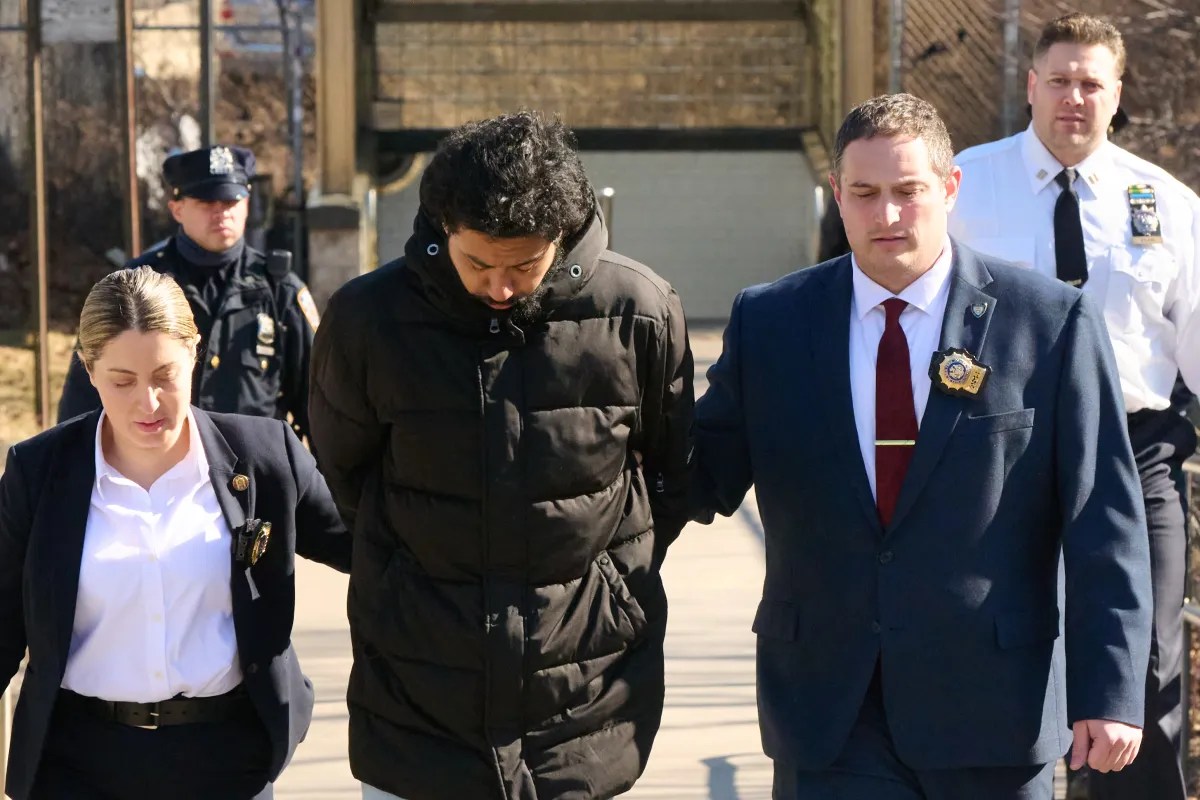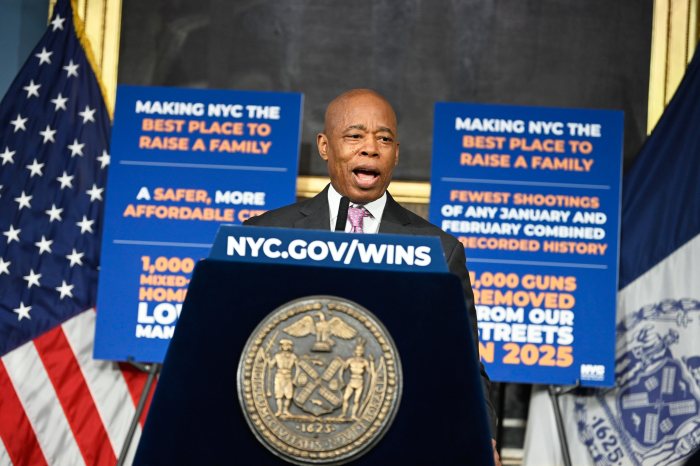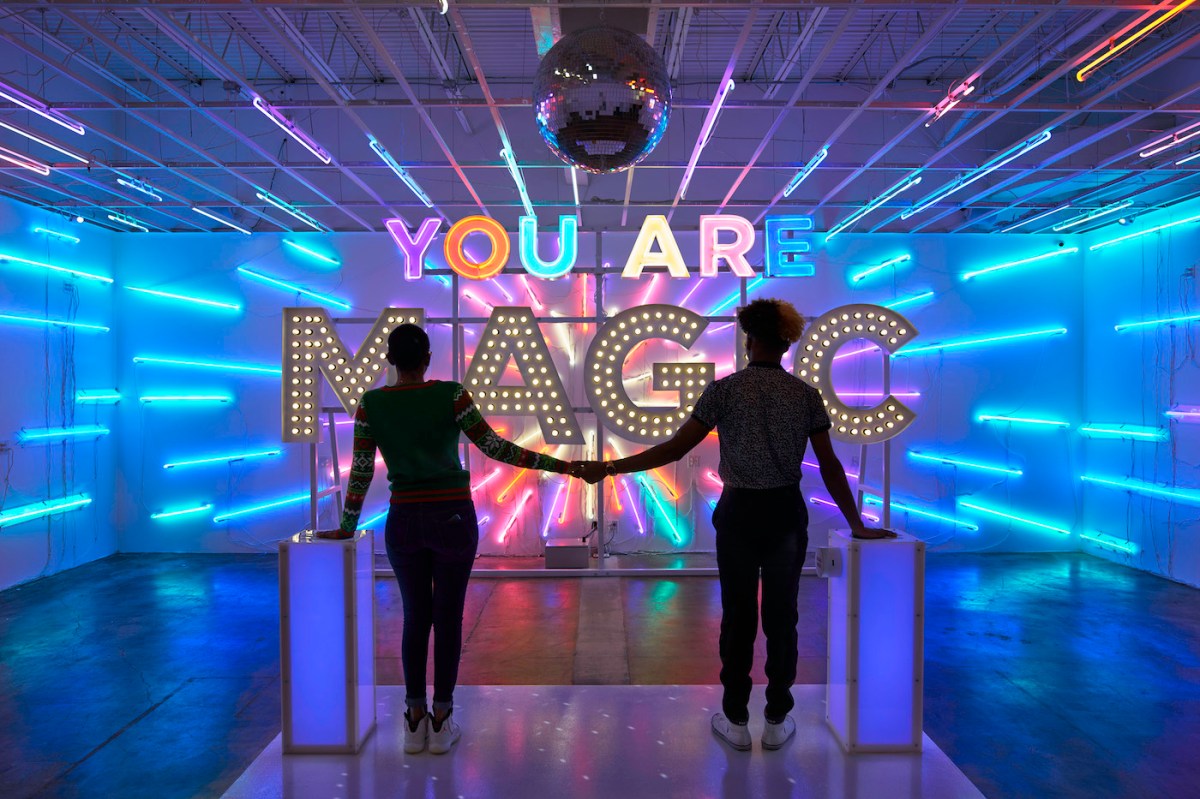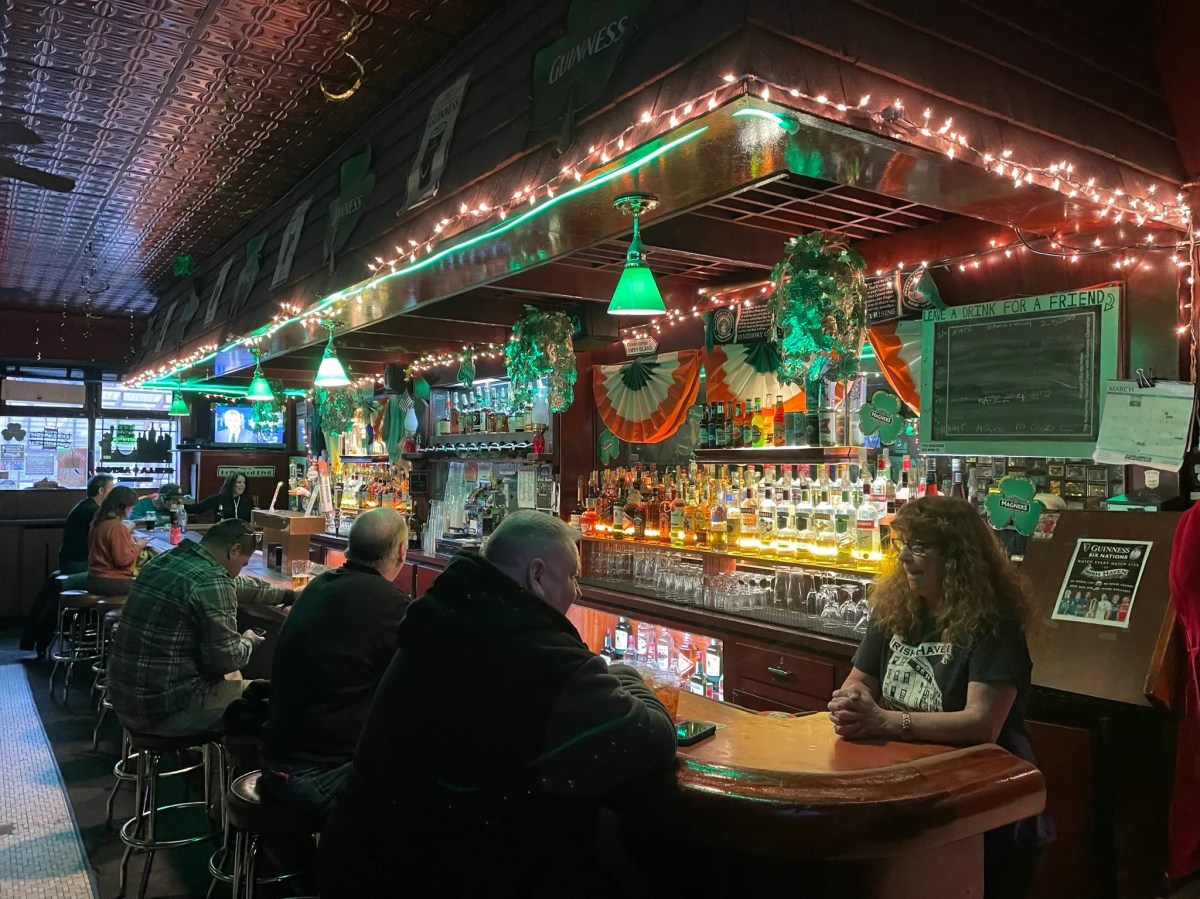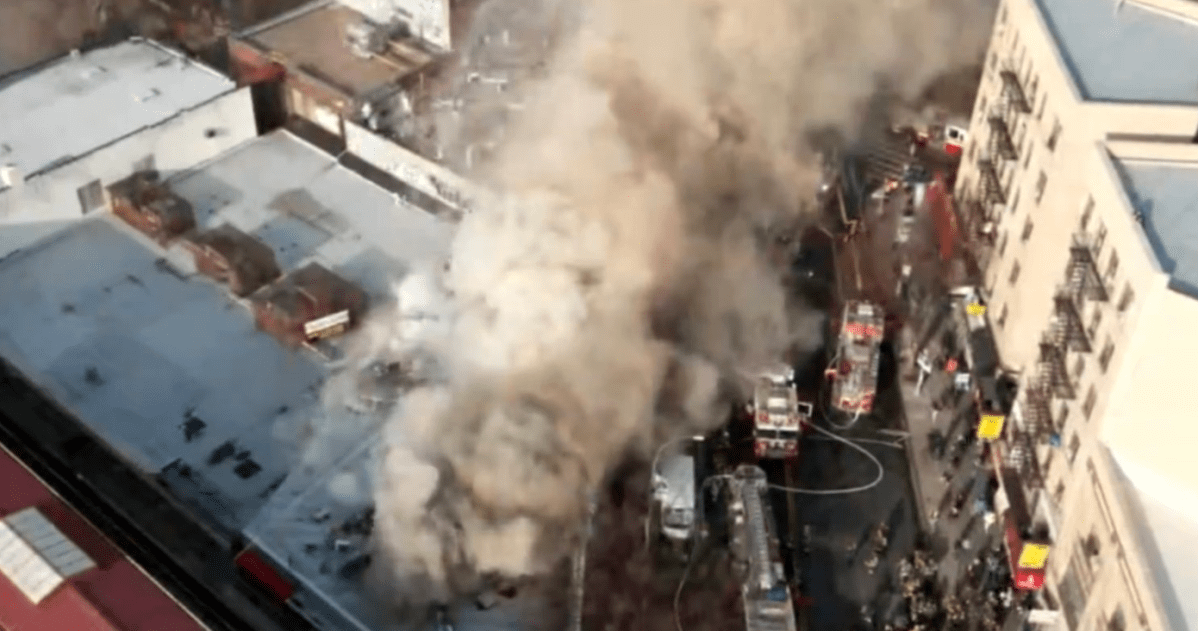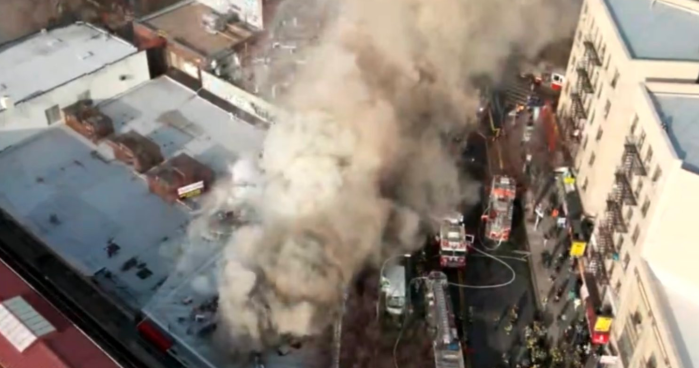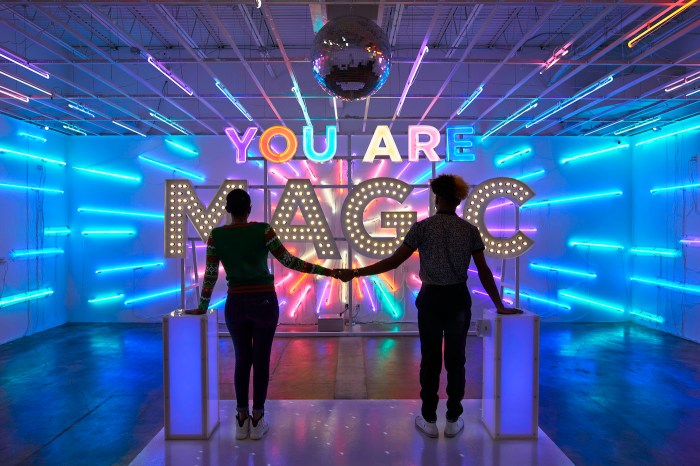
More than 16 years after the attacks on Sept. 11, thousands are still feeling the effects of exposure to the dust and toxins that lingered in lower Manhattan in the following weeks.
Alumni of Stuyvesant High School suffering from 9/11-related illnesses and a coalition of groups representing them gathered outside the school Thursday morning to continue spreading awareness of the health care that is available to anyone who inhaled the toxic air, which has now been linked to 68 cancers and other illnesses.
The coalition, which includes The United Federation of Teachers, 9/11 victims’ rights attorney Michael Barasch, StuyHealth, and 9/11 Environmental Action, is running a “Know Your Rights” information campaign to educate potential victims and urge them to come forward and take advantage of the treatment to which they are entitled, as well as applying for compensation.
“Ordinary people who lived and worked downtown on 9/11, who have gotten sick, often have no idea that they are entitled to medical treatment and possibly compensation,” said UFT president Michael Mulgrew. “We are trying to make sure that everyone who qualifies for the World Trade Center Health fund understands that they do qualify.”
Those who lived or worked south of Houston Street between Sept. 11, 2001, and May 30, 2002 are eligible for health care, and those who lived or worked south of Canal Street are eligible for compensation.
“I remember for about 2-3 months after returning to school the air was so thick it was almost suffocating,” said Tal Beery, a 2002 graduate diagnosed with asthma.
“Did you know that the pH level of the dust was the same as Drano? That’s what everybody was inhaling,” said Barasch, whose firm has represented some 10,000 first responders and others. “Over 5,000 people already have been certified with 9/11 cancers, over 1,700 have already died because of their cancers. It is heartbreaking.”
“Now that I’ve recovered, I want to be a part of that network for others in my position by letting them know what resources are available to them and helping them through the process of applying,” said Shoshana Dornhelm, who was diagnosed with Hodgkin’s Lymphoma at the age of 30 and is currently applying to the WTC Health Program should she have further complications.
Illnesses do not need to be catastrophic to be covered. Symptoms such as respiratory issues, sinusitis, gastrointestinal reflux, shortness of breath, and wheezing that developed or were exacerbated after 9/11 can be treated by the WTC Health Program.




